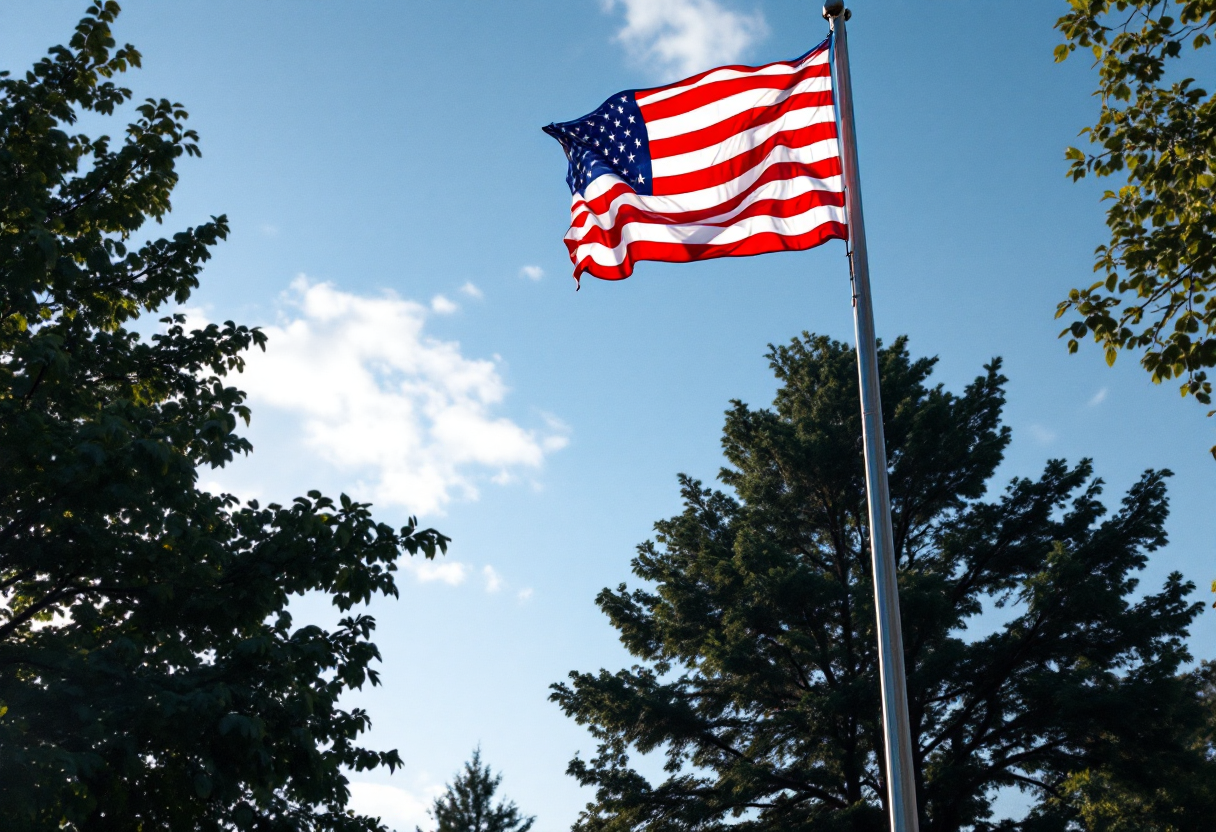Table of Contents
Understanding the flag protocol during presidential inaugurations
The inauguration of a new president is a significant event in American politics, steeped in tradition and ceremony. However, this year’s inauguration of President-elect Donald Trump has sparked a heated debate over flag protocols, particularly in light of the recent passing of former President Jimmy Carter.
Traditionally, when a former president dies, flags are flown at half-staff for a 30-day mourning period. This year, however, Virginia Governor Glenn Youngkin has ordered flags to fly at full-staff for Trump’s inauguration, creating a clash between honoring a former president and celebrating a new one.
The political implications of flag decisions
Governor Youngkin’s directive to raise flags to full-staff has drawn attention not only for its timing but also for its political implications. By choosing to honor Trump’s inauguration over the mourning period for Carter, Youngkin aligns himself with a growing number of Republican governors who have similarly opted to break tradition.
This decision reflects a broader trend among some GOP leaders to prioritize party loyalty and the celebration of Trump’s presidency over the customary respect afforded to a deceased former president. The implications of this choice extend beyond state lines, as it resonates with the ongoing political polarization in the country.
Public reactions and the role of social media
The public’s response to the flag debate has been mixed, with social media platforms buzzing with opinions from both sides. Supporters of Youngkin argue that raising the flag is a necessary gesture of patriotism and a celebration of democracy, while critics view it as a disrespectful dismissal of Carter’s legacy.
Trump’s own comments on social media have further fueled the fire, as he criticized the notion of flags at half-staff during his inauguration, framing it as a reflection of Democratic disdain for America. This clash of sentiments highlights the role of social media in shaping public discourse and amplifying political divisions.





